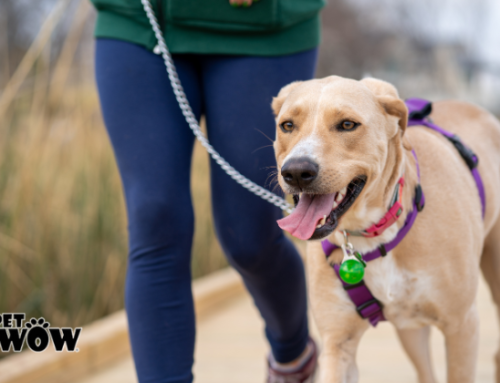Training a pet is rewarding as well as fun, but it will require patience, kindness, and consistency. But one thing that can bring the best out is positive reinforcement during the training. In fact, research indicates that up to 65% of dogs trained with negative reinforcement exhibited at least one behavior linked to stress.
What positive reinforcement implies is giving your pet reward for doing things right, because this may lead them into repeating. While punishment scares or confuses the animals, positive reinforcement helps a pet learn amiably in a very friendly environment. Let’s dive in and see how this works and why it’s so effective for training your furry friends.
How Does Positive Reinforcement Work?
Positive reinforcement is about connecting good behavior with something your pet enjoys. When your pet does what you ask, like sitting on command, you give them a reward. This could be a treat, a favorite toy, or even a nice belly rub. When pets get something they love for following a command, they want to keep doing it! For example, if you say “sit” and your dog sits, you give them a treat. Before long, your dog will learn that “sit” means they’ll get something they like, and they’ll happily follow the command every time!
This method works in all types of pets — dogs, cats, birds, and even rabbits. Since it is based upon rewards and encouragement, these pets will likely feel happy as well as safe while doing the learning, which then makes the training easier and also faster.
Types of Positive Reinforcement Rewards
There are several ways you can reward your pet during training, and each animal may respond better to different rewards. Here are some of the types of rewards to consider:
- Treats: The small tasty treats usually are the best and easiest means to train your pet. Ensure that the treats are safe and healthy for your pet.
- Praise: A happy “good job” or “well done” can work as a great reward for your pet, especially in case your pet loves your voice and feels proud over the fact that they’ve made you happy.
- Toys: Some pets love toys. They can be used as reward, especially if you present them with a favorite one for a few minutes after their successful execution of a particular command.
- Physical Affection: Pets that like being petted will thrive on a scratch behind the ears or a gentle pat as a reward.
Advantages of Positive Reinforcement
Positive reinforcement in animal training has several advantages. First, it fosters trust between you and your pet. Since your pet associates you with good things, they feel happier and more comfortable around you. That bond can make training much easier.
Positive reinforcement works because the more the pet thinks they will get something by doing something, the likelihood is greater of them repeating what they have done. Instead of dreading punishment for getting it wrong, they concentrate on getting it right for their reward.
Lastly, it is a soft and non-stressful method for both you and your pet. It makes learning enjoyable to your pet, while also giving you a chance to bond over something positive. This approach also decreases the chances of your pet becoming anxious, scared, or aggressive.
Tips for Using Positive Reinforcement
To make positive reinforcement work, here are some helpful tips:
- Reward Quickly: Give the reward right after your pet does something right. This helps them link the action with the reward.
- Be Consistent: Use the same commands and reward every time your pet does the behavior. Consistency helps pets learn faster.
- Use Small Treats: Make sure the treats you are using are small. You do not want your pet to get too big on treats. Training sessions can contain a lot of treats. Therefore, small bites should be used.
- End with Something Positive: Always conclude your training session with a positive note. If you have a pet that just can’t seem to do a command, go back to something easy they have learned, reward them and then end the session.
Things to Avoid in Positive Reinforcement
Don’t show your dog a treat to make them do what you want, because if they see it first, they’ll only listen to get the treat. Also, don’t hold back rewards to punish them, as this can make them feel confused. Instead, give them praise and attention when they do something right. It might be hard sometimes, but try not to scold them if they seem confused. Be gentle and patient, because learning new things can take time, and they need your support to get it right.
Develop a Deeper Connection with Your Dog
Positive reinforcement is a mild but effective training for pets that at the same time strengthens the bond between the trainer and the dog. All of these rewards such as treats, toys, and praise can teach your pet good behavior in a way that is safe and fun.
Make Training Easier with PetWow!
Positive reinforcement is a gentle, effective way to train your pet, strengthening your bond while teaching them good habits. By using rewards like treats, toys, and praise, your pet will learn to follow commands with confidence and joy, making training sessions something you both look forward to.
Are you ready to train your pet the positive way? PetWow can help you all the way. Contact us today for expert advice and pet care services. Whether you’re looking for training tips or regular check-ups, PetWow is here to help you and your pet thrive together!






